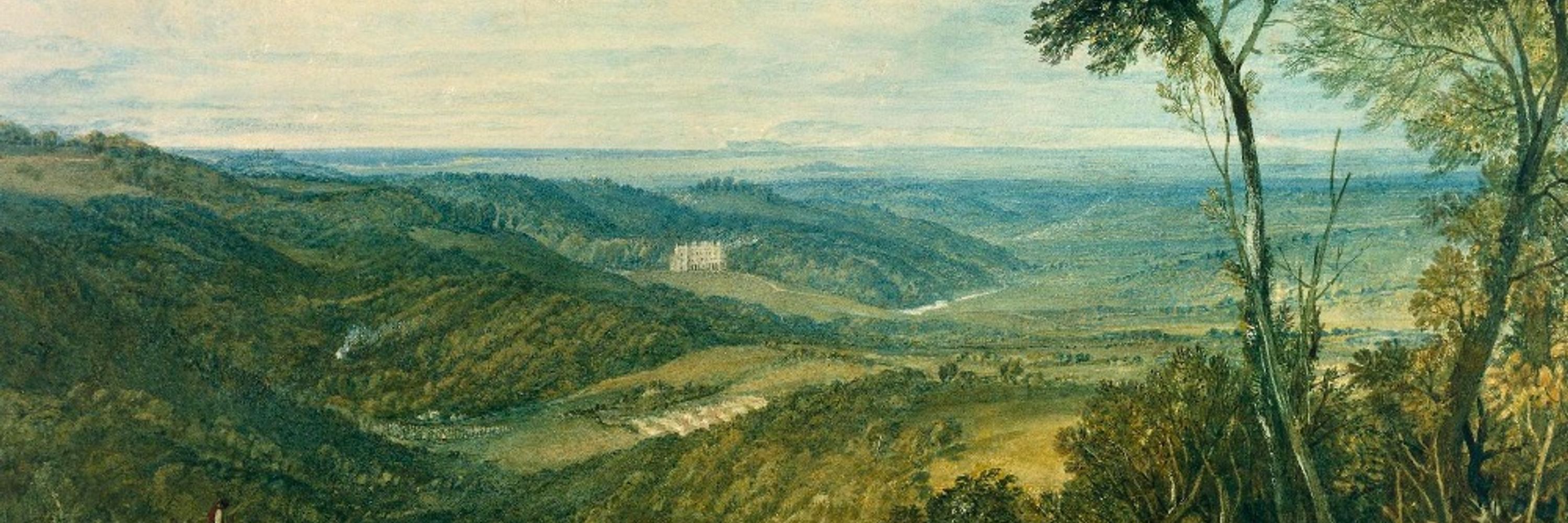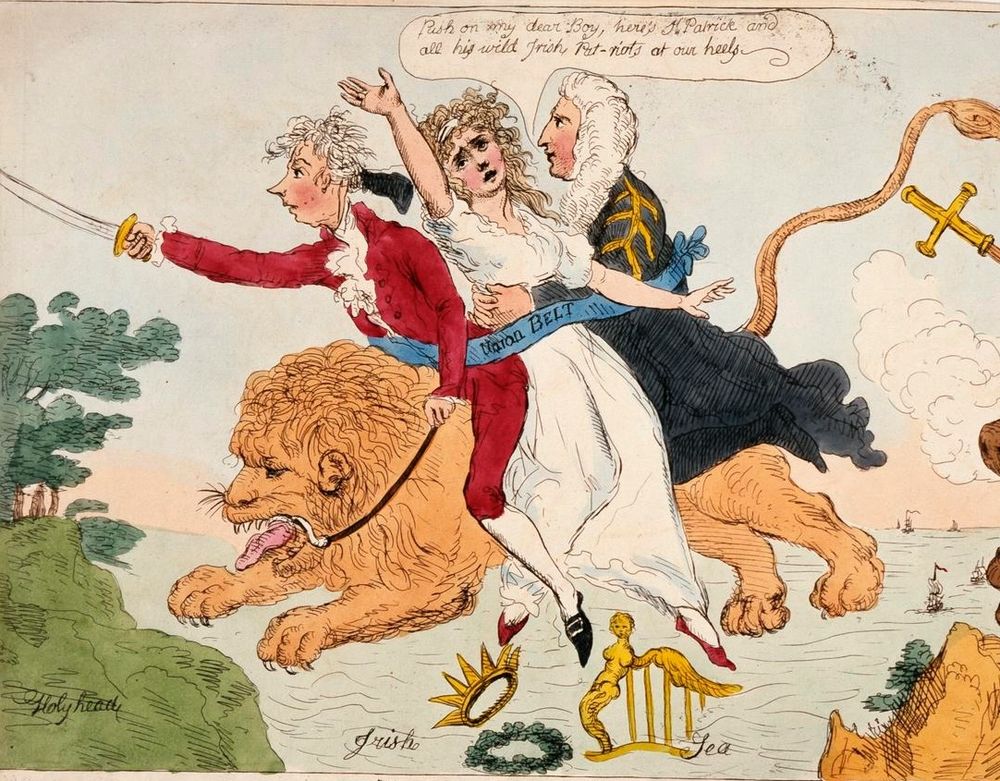
Andrew Brunatti
@andrewbrunatti.bsky.social
140 followers
150 following
43 posts
PhD in Politics & History. Art lover. Currently researching/writing on visual portrayals of Viscount Castlereagh (1769-1822).
Posts
Media
Videos
Starter Packs
Pinned
With Halloween upon us, did you know: Vampires turn 300 this year?
This year, 2025, marks the 300th anniversary of vampires haunting public imagination in Europe.
Read on for the origins of Orloc, Dracula, and of course, Nandor.
1/25
This year, 2025, marks the 300th anniversary of vampires haunting public imagination in Europe.
Read on for the origins of Orloc, Dracula, and of course, Nandor.
1/25



Reposted by Andrew Brunatti


















